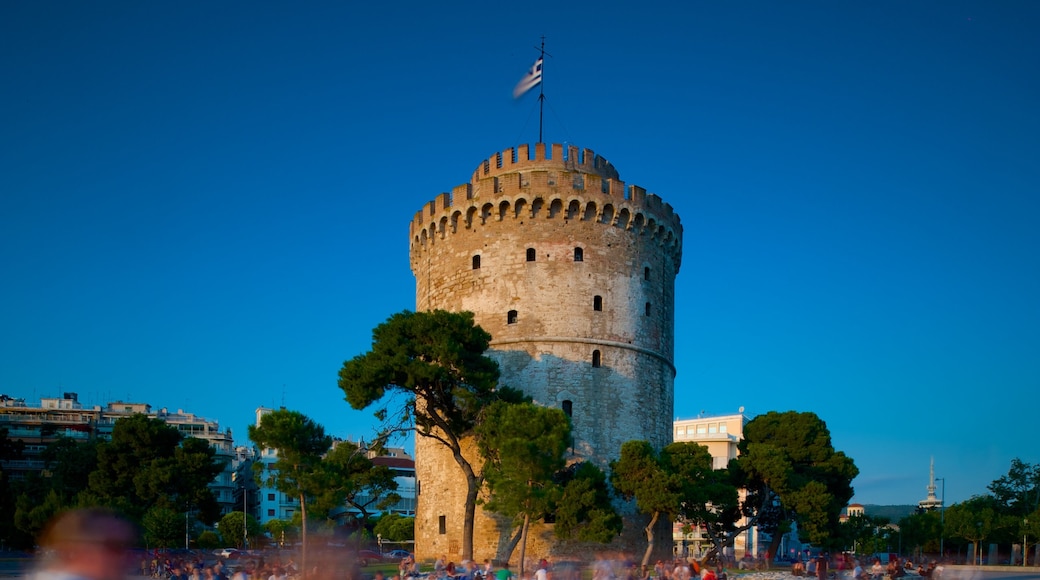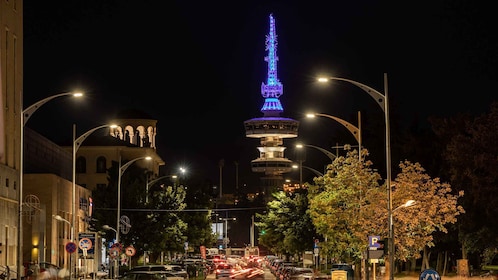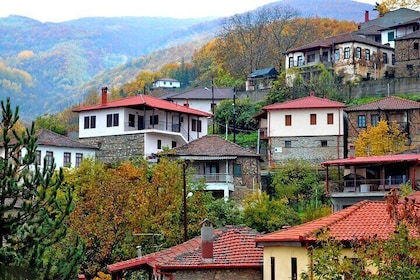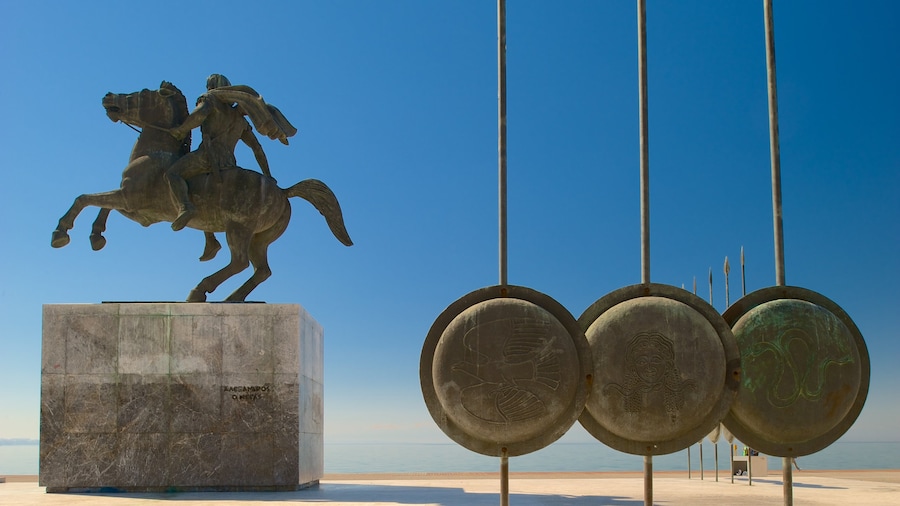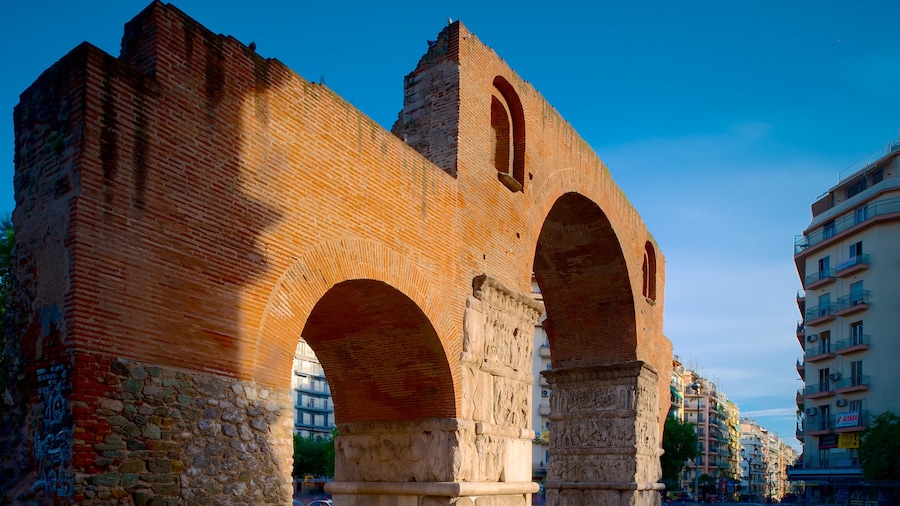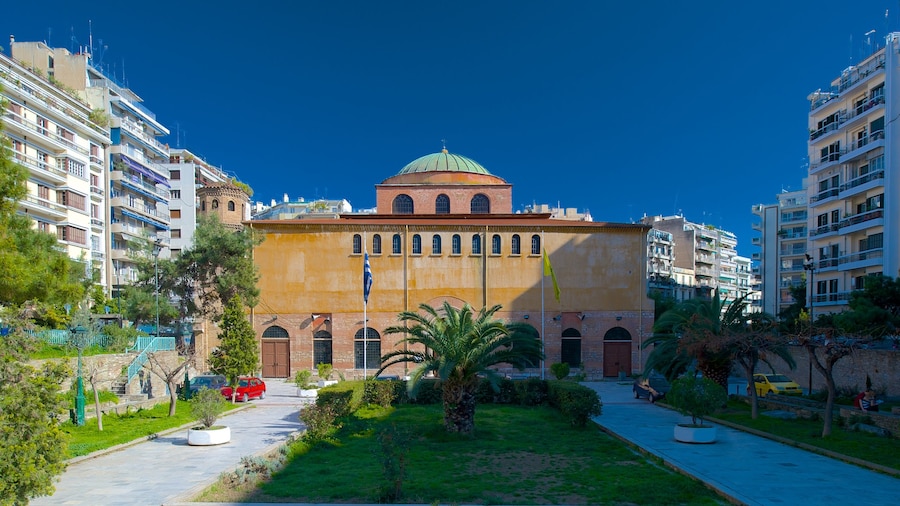This distinctly shaped tower has evolved alongside Thessaloniki over the centuries and now houses a museum dedicated to the city’s history.
Depicted on almost every Thessaloniki travel guide and souvenir, the White Tower of Thessaloniki is by far the city’s most recognizable attraction. The tower is known for its characteristic cylindrical shape and the panoramic harbour views its top level affords. The tower’s role has changed dozens of times over the years, and today it serves as an exhibition space of the Museum of Byzantine Culture.
The tower was constructed by the Ottoman Empire as a defense structure to protect the city’s harbor. It was later used as a prison until the city was reclaimed from the Turks in the early 20th century. Some say the tower was whitewashed by a prisoner in exchange for his freedom, while others claim the Greeks whitewashed the tower to symbolize purifying the city and erasing the Turks’ legacy. The tower played an important role in defending the city during both World Wars before being converted into a museum in the 1980s.
Before heading inside, take a moment to admire this impressive structure. Standing at 111 feet (33.9 meters) high, it’s easy to see why the tower is used as a reference point for the entire city. The tower’s exterior is no longer regularly whitewashed, but a few faded patches of white are still visible.
Enter the tower to explore the museum. The exhibits are spread across the tower’s six floors, connected by a series of spiral staircases. Explore the audiovisual displays to learn about the city’s 23 centuries of history. Keep an eye out for any additional temporary exhibits.
Be sure to follow the winding stairs up to the tower’s viewing platform. The beautiful views over the city and harbor are one of the main reasons why many people visit this iconic tower.
The White Tower of Thessaloniki’s museum is open daily, year-round. There is a small admission fee. Keep in mind that due to the tower’s historic structure, the museum does not contain washrooms, air conditioning, a cafeteria or elevators.

